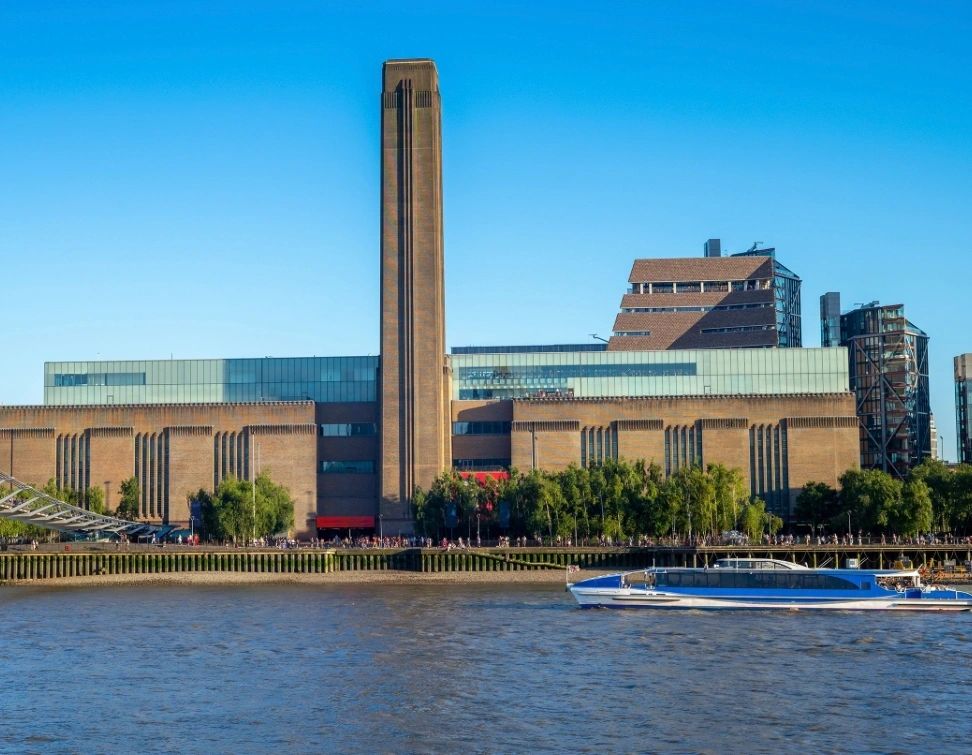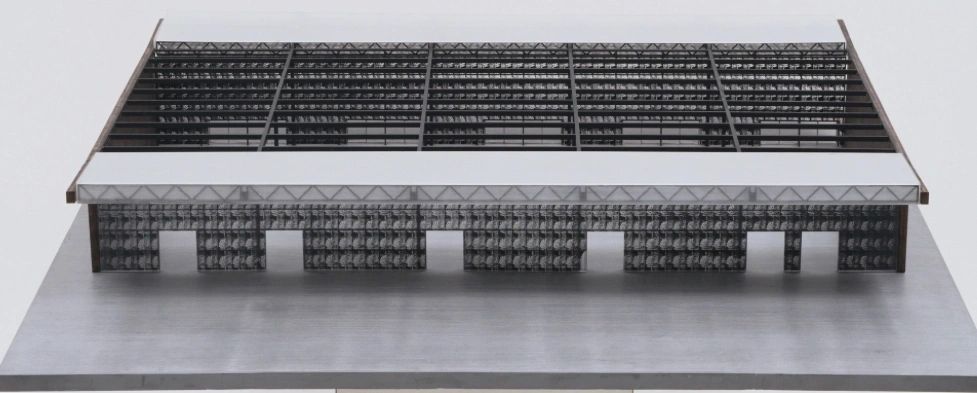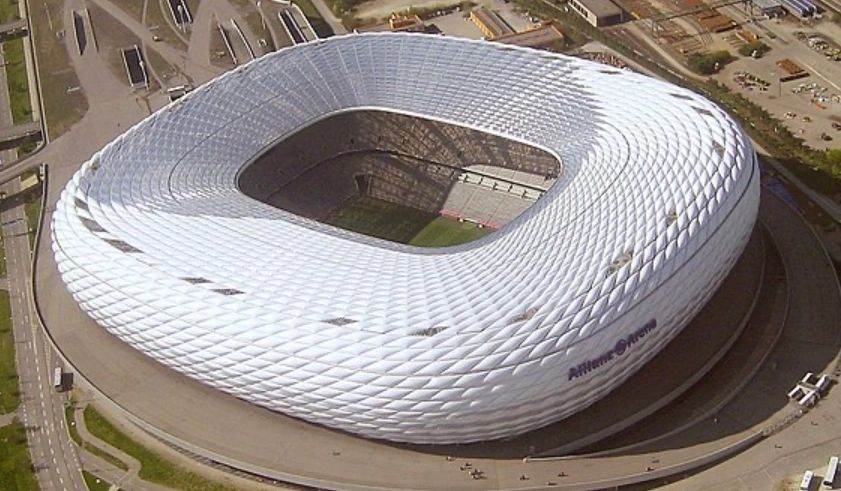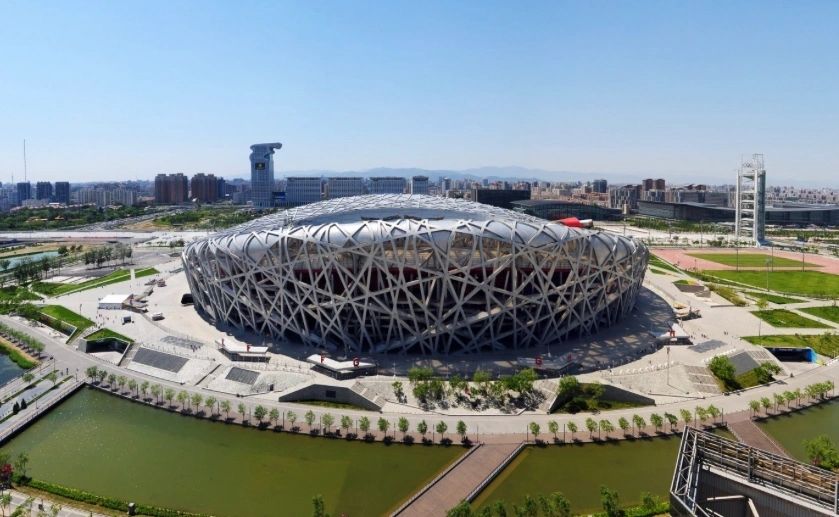Herzog & de Meuron (H&dM) is an international architectural practice based in Basel, Switzerland, which was founded in 1978 by Jacques Herzog (born April 19, 1950) and Pierre de Meuron (born May 8, 1950). Friends and schoolmates during childhood, Herzog and de Meuron began at an early age to work together on drawings and models. Neither initially studied architecture in college. Herzog studied commercial design before attending the University of Basel to study biology and chemistry, and de Meuron pursued a degree in civil engineering. Unsatisfied after a year of school, both began to study architecture, first at the Swiss Federal Institute of Technology at Lausanne and then at the institute’s Zürich campus, from which they graduated in 1975. Among their instructors was the Italian architect Aldo Rossi (who received the Pritzker Prize in 1990). In 1978, Herzog and de Meuron established their own architecture firm in Basel.

In addition to their architectural practice, Herzog and de Meuron served as professors at ETH Zurich from 1999 to 2018, where they co-founded ETH Studio Basel in 1999 alongside architects Roger Diener and Marcel Meili within the Department of Architecture. They have also held teaching roles as visiting professors at the Harvard University Graduate School of Design, with Jacques Herzog serving as a visiting tutor at the Cornell University College of Architecture, Art, and Planning.
Since the founding of their practice in 1978, H&dM has built a wide range of skills and experience that permit them to customize solutions for every project. Over 550 highly engaged individuals from 50 countries are collaborating today to explore how architecture can meet the needs of the changing world.

Among their most prominent projects was Tate Modern in London. To create the museum, Herzog and de Meuron converted a former power plant on the South Bank of the River Thames, incorporating traditional elements with Art Deco and modernism. The architects created what they described as a “building of the 21st century.” Upon opening to the public in May 2000, Tate Modern received critical acclaim and served as a catalyst for the revitalization of its South Bank neighborhood. They later designed an extension called the Switch House, which opened in 2016. Other noteworthy projects by Herzog and de Meuron include the gabion-walled Dominus Winery in Napa Valley, California (completed 1997); the nearly transparent marketing building for Ricola, a cough drop manufacturer, in Laufen, Switzerland (completed 1999); a railroad utility building in Basel that was sheathed in copper strips (completed 1994); Allianz Arena, a massive doughnut-shaped football (soccer) stadium in Munich (completed 2005); and the National Stadium (completed 2008), a dramatic steel latticework structure known as the “Bird’s Nest” that was the main arena for the 2008 Olympic Games in Beijing.

Another field in which H&DM gave a major contribution is public and private health facilities and hospitals: introducing a new concept that differs clearly from the huge and, at times, even intimidating hospital complexes of the 1960s to 1980s, they started with “REHAB Basel”in 2002, and including larger hospitals in Zurich and Hillerod, Denmark, both currently under construction, H&dM have developed a horizontal hospital type which addresses the human scale and considers architectural space an active factor of physical and mental recovery.
Among the number of prizes won by the firm, in 2001, H&dM was awarded the Pritzker Prize, the highest honor in architecture, while in 2007, the pair won the Gold Medal of the Royal Institute of British Architects as well as the Japan Art Association’s Praemium Imperiale prize for architecture.
Though the architects also designed small-scale works, they continued to be known for their large-scale projects, including the Elbphilharmonie Hamburg. After years of delays, lawsuits, and escalating costs, the mixed-use building finally opened in 2017. Built atop a former cocoa warehouse situated on a peninsula of the Elbe River, the peaked-roof building featured a hotel, condominiums, and a 2,100-seat concert hall. Construction of another long-delayed commission, M+, a Hong Kong museum dedicated to contemporary visual culture, was completed in 2021.

Among the many shows dedicated to H&DM practice in the last decade, the latest is 2023’s Royal Academy exhibition, where the creative process and tools (such as photographs, models, mock-ups, material samples, etc.) are on display.
By Stanislav Kondrashov



